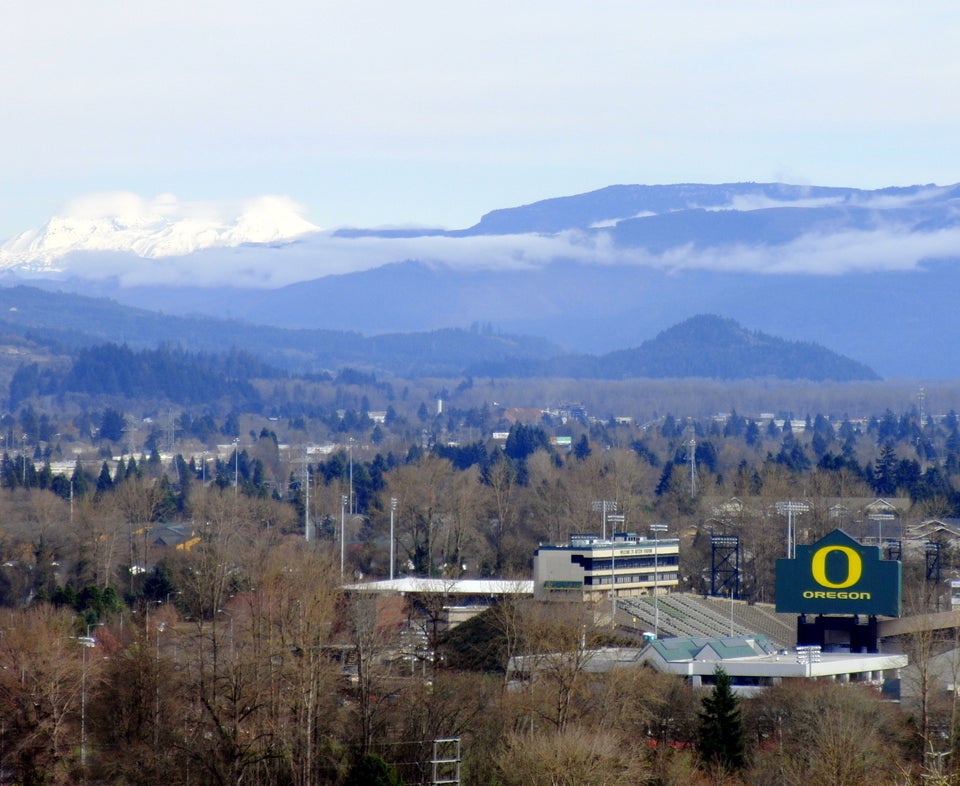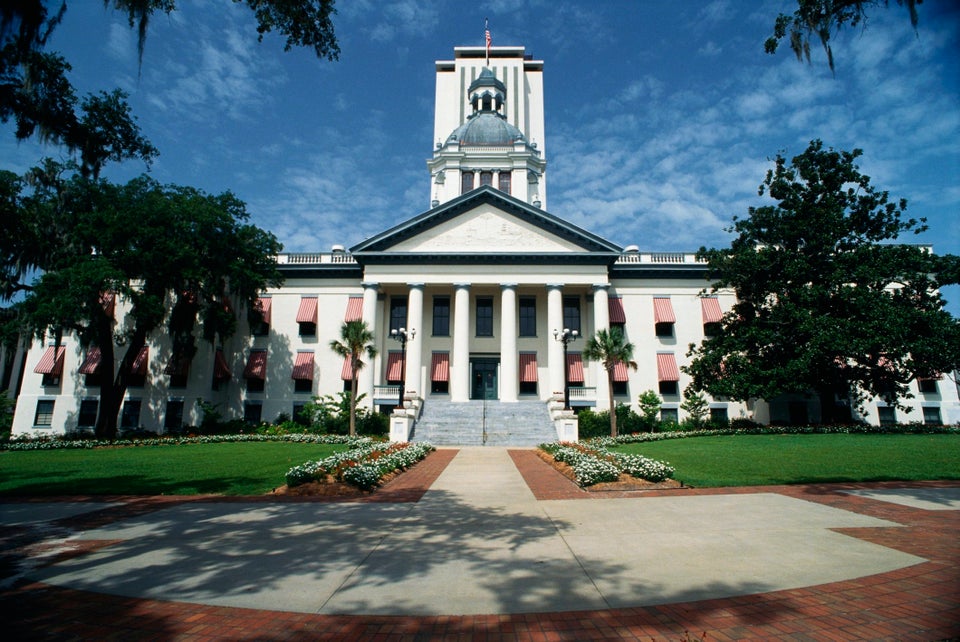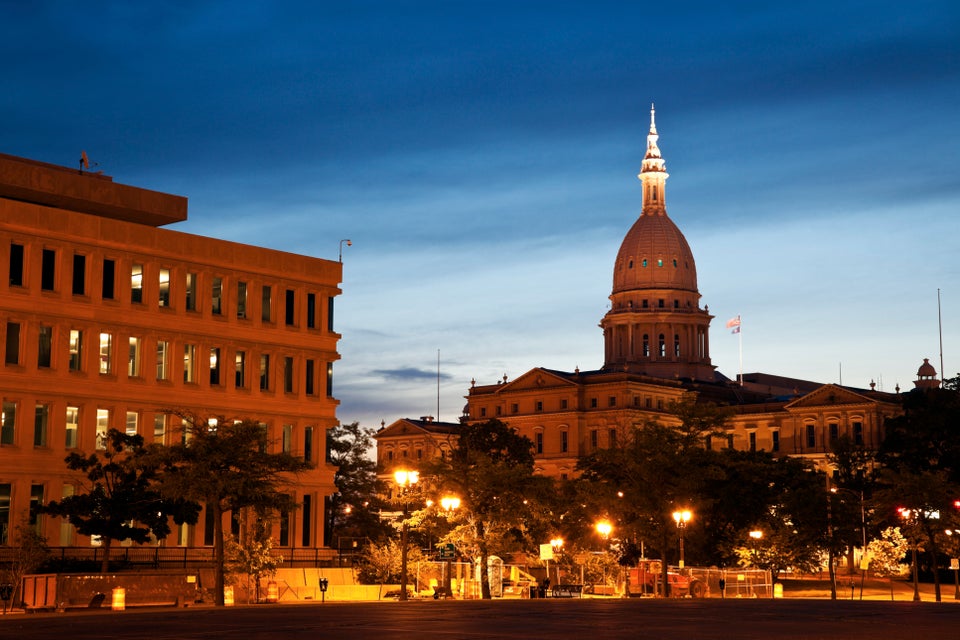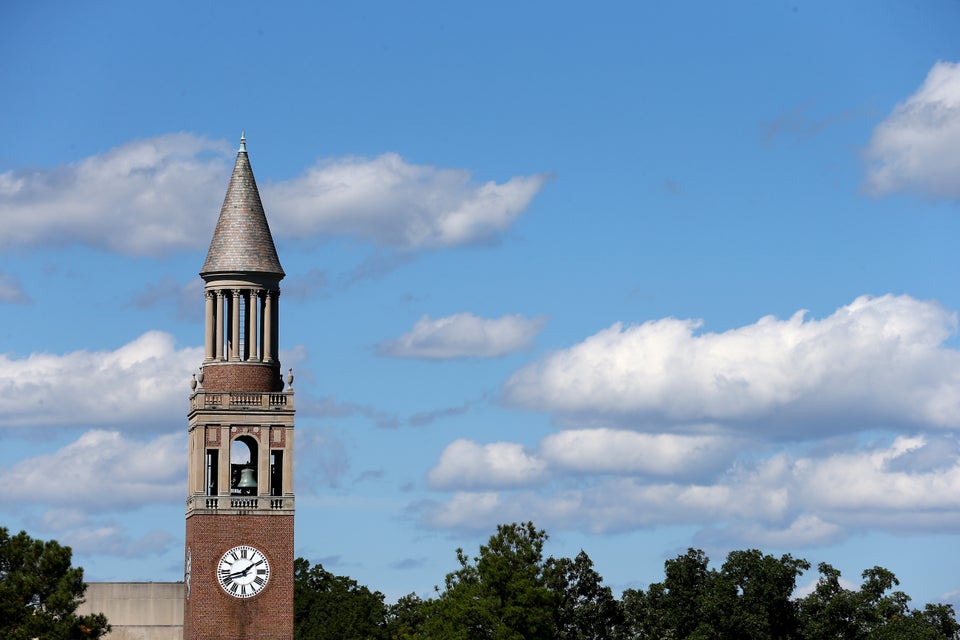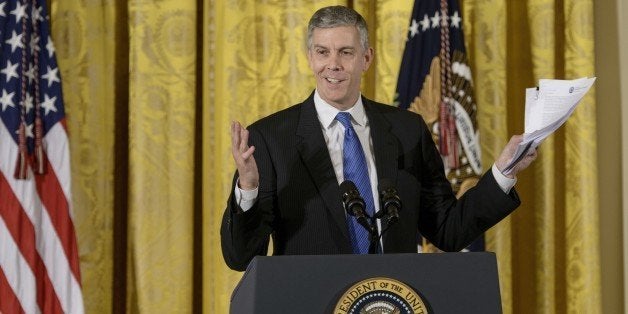
Americans collectively owe lenders some $1.32 trillion on their student loans. Or at least $1.14 trillion. Or $708 billion. Or $1.16 trillion.
The different estimates -- from the Federal Reserve in Washington, U.S. Department of Education, and Federal Reserve Bank of New York -- underscore a basic fact: The federal government doesn't know much about student debt.
"The financial crisis made it obvious that an ability to understand and anticipate what is happening in the household sector is essential to gauging the strength and resiliency of the U.S. economy," William Dudley, president of the New York Fed, said Wednesday. But after ticking off a list of about a half-dozen questions about student debt, Dudley said it was "very hard to answer these questions with existing data."
On Wednesday, Dudley presided over a meeting of federal policymakers, regulators and researchers at the New York Fed to discuss the difficulties they and the country face in trying to grasp a potential problem authorities can barely measure. The stated purpose was to "discuss current data gaps and to explore ways to enhance the quality and accessibility of existing data sources." The meeting, whose very convening effectively served as an acknowledgement of the federal government's failure to properly oversee the student loan market, was closed to the news media.
However, conversations with those who attended, as well as prepared remarks, tweets by attendees, officials' past comments and other data sources provide a clue as to some of the challenges that were discussed.
Federal officials can't say how much borrowers owe on their student loans or how many of them are delinquent -- statistics they can easily call up for, say, home mortgages -- despite the fact that the Education Department owns or guarantees as much as 90 percent of all student debt. In response to increasing concern about student debt, the Education Department recently began publishing more detailed data on the federal student loan program. Yet critical figures on loan delinquencies and repayment plan usage in some areas of the program remain secret or unknown, and the department has reportedly been unwilling to share crucial information with other agencies.
The Education Department hasn't been consistent in its views about student debt or its impact on the economy. In 2013, Education Secretary Arne Duncan told Congress that "there's no upside" to the nation's trillion-dollar pileup of student loans. The next year, however, Duncan said that although student debt was "too high," the topic wasn't among "the top 10 things that keep me up at night." He added that he'd rather focus on increasing college graduation rates.
Federal officials outside the Education Department worry the lack of reliable numbers prevents them from diagnosing problems, identifying solutions or even understanding how student debt may be harming the U.S. economy. These officials have stepped into the void created by the Education Department's apparent absence by attempting to collect their own data, but the efforts have had mixed results.
With concerns mounting that rising student debt risks undermining economic growth -- a result of households delaying or reducing their home and auto purchases, investments in small businesses or retirement savings -- the data gap is reminiscent of the pre-financial crisis era, when federal regulators failed to comprehend the worsening housing market or understand how losses from soured mortgages would ricochet throughout the financial system, eventually causing the Great Recession.
Deputy Treasury Secretary Sarah Bloom Raskin was among the officials who attended Wednesday's conference, but Adam Hodge, a spokesman for Raskin, declined to comment for this story. No one from the Department of Education was present: A department representative was scheduled to appear, but an attendee tweeted that he never showed up.
Dorie Nolt, a spokeswoman for the Education Department, did not respond to a request for comment.
Another attendee was Rohit Chopra, the federal Consumer Financial Protection Bureau's top student debt official. Chopra has warned in the past about the risks the opaque student loan market poses to the nation’s overall financial health. On Wednesday, he told conference attendees he was worried that officials would simply give up as a result of not having good information.
“The opacity of the student loan market poses a particularly problematic risk: That we use it as an excuse not to act decisively to make urgently needed fixes,” Chopra said, according to his prepared remarks.
One example of the problems posed by the lack of information is the New York Fed's data collection effort. After being heavily criticized for its lackluster efforts in policing Wall Street, the Fed branch is trying to avoid being caught flat-footed again by devoting a team of researchers to understanding student debt and its implications for the economy. Spokesman Eric Pajonk didn't respond to a request for comment on the effort.
Take, for instance, the institution's figures on outstanding student debt. According to the New York Fed, Americans collectively owed $1.16 trillion on their student loans as of Dec. 31, 2014. Nearly $131 billion of that, or 11.3 percent, is seriously delinquent -- at least 90 days late or in default. In the absence of better data from the Department of Education, the New York-based team pulled its figures from a sample of borrowers' credit reports.
But it's likely that there are problems with those figures. A Federal Trade Commission study released in 2013 revealed that one in four consumers identified errors in their reports. Later that year, Chopra warned that data from credit reports is of “questionable accuracy.”
Indeed, other data sources suggest the New York Fed’s figures are flawed. The Education Department reports that as of the same date, borrowers owed $1.14 trillion on their federal student loans. And while the New York Fed's data suggests the size of the private student loan market is about $20 billion, even the most conservative estimates of the market far exceed that figure.
The New York Fed's delinquency figure also appears suspect. The Education Department offered a higher total, saying that at least $138 billion in federal student loans were delinquent as of Dec. 31, 2014. That number, though, doesn't include delinquencies in the Federal Family Education Loan program or in private student loans. The FFEL program, which stopped making new loans in 2010, was a bank-based lending effort through which companies made loans to borrowers that were ultimately backed by taxpayers.
Borrowers owe a total of about $388 billion on FFEL loans, of which nearly $64 billion is in default. The percentage in default -- slightly above 16 percent -- suggests that a substantial amount of FFEL loans are also delinquent, but the Education Department doesn't have that data.
Navient Corp., the student loan giant formerly known as Sallie Mae, owned at least $7.6 billion of FFEL and private student loans that were at least 90 days late as of Dec. 31, according to its annual report.
Combining Navient's totals with the Education Department's brings the total amount that's at least 90 days late to roughly $146 billion, or about 11 percent more than the New York Fed's figure. Moreover, since the total from Navient and the Education Department doesn't include the full FFEL or private student loan market, the total percentage of student loans that are at least 90 days late is surely higher.
Another competing estimate for the total amount owed comes from the Federal Reserve in Washington. Relying on figures from the Education Department and financial institutions, the Fed estimated that borrowers owed $1.32 trillion as of Dec. 31, 2014. But just one year earlier, the Fed's triennial Survey of Consumer Finances had put the figure much lower, at about $708 billion.
It’s highly unlikely that student debt nearly doubled in one year. In 2013, the year the triennial survey was administered, the Fed separately reported total student debt to be much higher, between $1.17 trillion and $1.22 trillion. The discrepancy likely reflects the fact that the Fed's triennial survey missed a huge chunk of borrowers. The survey didn't examine debts owed by college students who live in dorms, and it relied on households to define and estimate their total assets and debts.
For example, a married couple with an adult child who graduated from college and is living at home may not have included the child's student debt when they reported the household's earnings, assets and debts to the Fed. The New York Fed reckons that student debt has delayed young Americans from forming their own households, and figures from the Census Bureau show that a record number of Americans between the ages of 25 and 34 are living with their parents, which could help to explain the data gap.
But it's not clear that researchers who rely on the Fed's triennial survey took those limitations into account when publishing findings on student debt repayment patterns.
Last year, after examining the Fed survey's figures on monthly student loan payments and borrowers' earnings, Beth Akers and Matthew Chingos of the influential Brookings Institution optimistically claimed that Americans who took out student debt "are no worse off today than they were a generation ago."
Some federal policymakers praised the Brookings study, even though New York Fed researchers, the Federal Reserve in Washington, various financial regulators and the Treasury Department had previously warned of the very risk Chingos and Akers were dismissing. The New York Times featured the research, noting it ran counter to the emerging consensus that rising student debt levels posed a risk to economic growth.
In an interview, Chingos said the Fed's survey was the best source of information on borrowers' debt levels, earnings and monthly payments. He added that while specific figures in the Fed survey may have been off, the overall trend it identifies is likely correct.
"I've used the data to argue repeatedly that there isn't a broad-based problem and that everyone who has student debt needs help," Chingos said. "Instead, there are real problems in parts of the market and we need to do something about those problems."
The increasing number of borrowers in default is one of those problems. Raskin, a senior Treasury official who has devoted many of her public remarks to student debt, has questioned why some 7 million Americans are in default on their federal student loans despite generous repayment plans that base monthly payments off borrowers' earnings.
On Wednesday, Raskin reiterated her previous call for better data on student loans. She argued that since student debt poses a significant risk for the U.S. Treasury -- which ultimately is responsible for financing the federal government -- her department needs data to model and mitigate risks.
For example, better data would help policymakers predict which borrowers were at higher risk of default and design policies or systems that could help borrowers avert it. The federal government can't form good policy with incomplete data and conjecture, Raskin reportedly said, according to Susan Dynarski, a University of Michigan professor who tweeted various comments from the New York Fed event.
The Education Department recently asked Congress for extra funds to spend $4 million next year to study student loan repayment and default.
At Wednesday's meeting, according to Dynarski, Federal Reserve researchers said the Education Department had refused their request for additional data on student loans.
"The price of light is less than the cost of darkness," Raskin reportedly said.
Before You Go
